Public Administration MCQs 2009
Test your knowledge of organizational behavior and modern management with the solved Public Administration MCQs from 2009. This paper focuses on the human element in organizations, with questions on work-related values, job satisfaction, and leadership theories like transactional leadership. It also covers practical topics like the use of Geographical Information Systems (GIS) and the key elements of the communication process. This is an excellent resource for aspirants focusing on the behavioral and psychological aspects of public administration.
Each of the following is a popular dimension of culture except:
A. Language
B. Use of space
C. Religion
D. Individualism
To help combat selective perception, a manager should:
A. View the situation as others view it
B. Give more performance feedback to subordinates
C. Spend more time helping subordinates learn job skills
D. Gather additional opinions about a situation from others
The cognitive component of an attitude consists of beliefs and values antecedents.
A. True
B. False
C. Both of these
D. None of these
Assigning personal attributes to other individuals is known as:
A. Stereotyping
B. The halo effect
C. Selective perception
D. Projection
The effective component of an attitude is a specific feeling regarding the personal impact of the antecedents.
A. True
B. False
C. Both of these
D. None of these
The key elements of the communication process include all but which of the following:
A. An interpreter
B. A receiver
C. A source
D. Feedback
An attitude results in intended behavior.
A. True
B. False
C. Both of these
D. None of these
Nonverbal communication is:
A. The acknowledgment of a message and a response to its reception.
B. Communication through physical gesture
C. The same as noise
D. Anything that interferes with the effectiveness of the communication attempt
Job satisfaction is closely related to organizational commitment and job environment.
A. True
B. False
C. Both of these
D. None of these
A loyalty response to low job satisfaction occurs when an employee passively waits for conditions to improve because of a trend in the organization.
A. True
B. False
C. Both of these
D. None of these
